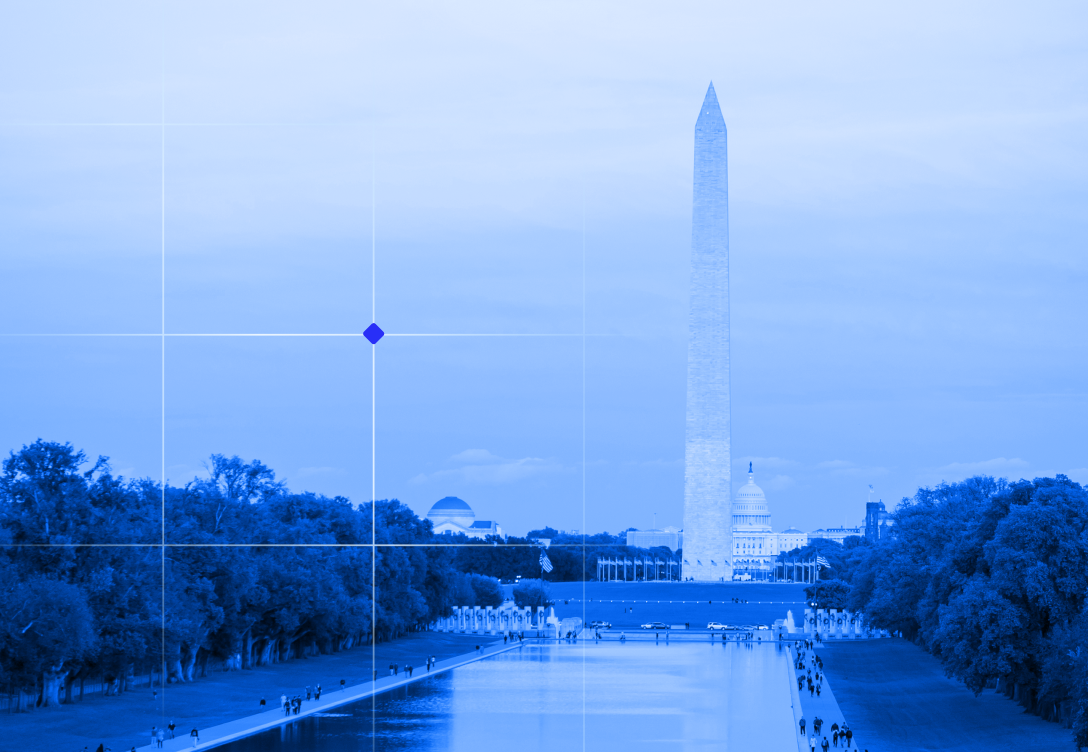How can you document dynamic AI systems with static, manual methods and expect anything but failure?
For many, "AI documentation" conjures images of painful, manual processes, typically involving lengthy questionnaires thrown over the fence to busy engineers. This approach creates a fundamental conflict: trying to capture a moving, complex target with a snapshot taken through a burdensome, error-prone method. The result?
Documentation that's often outdated before it's even finalized, creating compliance risks, hindering collaboration, and wasting valuable time. Let's explore why relying on manual questionnaires for AI documentation is a strategy destined to fail, and what a better path looks like.
Things you’ll learn:
- Why manual questionnaires are fundamentally failing modern AI documentation efforts.
- How shifting to continuous monitoring can automate documentation generation.
- The path to making documentation a natural byproduct of development, not a painful blocker.
- The real benefits of having documentation that's always current and accurate.
Questionnaires that kill momentum
Picture this: an engineer is deep in the flow of building or refining an AI model. Suddenly, they're hit with a long list of questions from a compliance or governance team. What data does the model use? Where did it come from? How is it processed? What are the inputs and outputs? How often is it retrained?
This traditional, questionnaire-based approach is fundamentally flawed for the dynamic world of AI.
- It creates friction: Interrupting busy engineers with administrative tasks disrupts their focus and makes documentation feel like a chore imposed upon them, rather than an integrated part of development.
- It introduces delays: Waiting for responses, clarifying ambiguities, and chasing down missing information turns documentation into a significant bottleneck, slowing down deployment and iteration cycles.
- It's instantly outdated: AI models and their data dependencies evolve rapidly. Documentation based on a snapshot in time captured by manual input is often obsolete the moment it's completed. You're documenting yesterday's system, not today's.
This manual merry-go-round is inefficient, frustrating, and results in documentation that is rarely accurate or current, failing the very purpose it's meant to serve. It's a system built for stasis trying to cope with velocity.
Observing, not interrupting
There has to be a better way. And there is. The key lies in shifting from asking humans what the system does to observing the system itself.
Imagine a world where AI documentation is generated and updated continuously, directly from the source. By implementing automated tools that monitor data pipelines, model interactions, code changes, and system dependencies, you can capture the reality of how your AI is built and operates in real-time.
This approach leverages the digital nature of AI systems. Instead of relying on potentially fallible or outdated human memory and input, you're directly reading the system's pulse.
This provides an accurate, living record of your AI, reflecting its current state, data flows, and operational characteristics without needing to tap anyone on the shoulder. It’s about passive intelligence gathering, not active interruption.
Documentation as a byproduct, not a blocker
Imagine documentation as something that just happens, automatically generated by observing your live systems. This shifts it from a dreaded, separate compliance exercise to a continuous byproduct of development.
This automated approach integrates documentation seamlessly, making it readily available and accurate. Beyond compliance, this real-time insight proves invaluable for debugging, performance analysis, and team collaboration.
Documentation becomes effortless because the system is documenting itself. This principle of automating understanding without burdening individuals is core to solutions like Relyance AI.
By continuously observing code and infrastructure, Relyance AI automates the complex task of data discovery and mapping, eliminating manual questionnaires for a vital part of AI documentation, and understanding your data flows accurately and automatically.
Towards a future of effortless AI documentation
The era of relying solely on manual questionnaires for AI documentation needs to end. It's inefficient, painful, and unsustainable in a world of rapidly evolving AI.
By embracing automation, leveraging continuous monitoring, and treating documentation as a valuable byproduct of system operation, organizations can achieve accurate, timely, and comprehensive AI documentation without creating unnecessary friction or becoming a blocker to innovation.
The future of AI documentation is automated, accurate, and integrated.
Manual questionnaires are holding your AI back. Switch to automated, real-time documentation and free your teams to innovate faster.
This shift is not only a documentation improvement but a critical part of robust AI governance, read our AI Governance guide to learn more.
Schedule your demo today and see the difference in days, not months.


